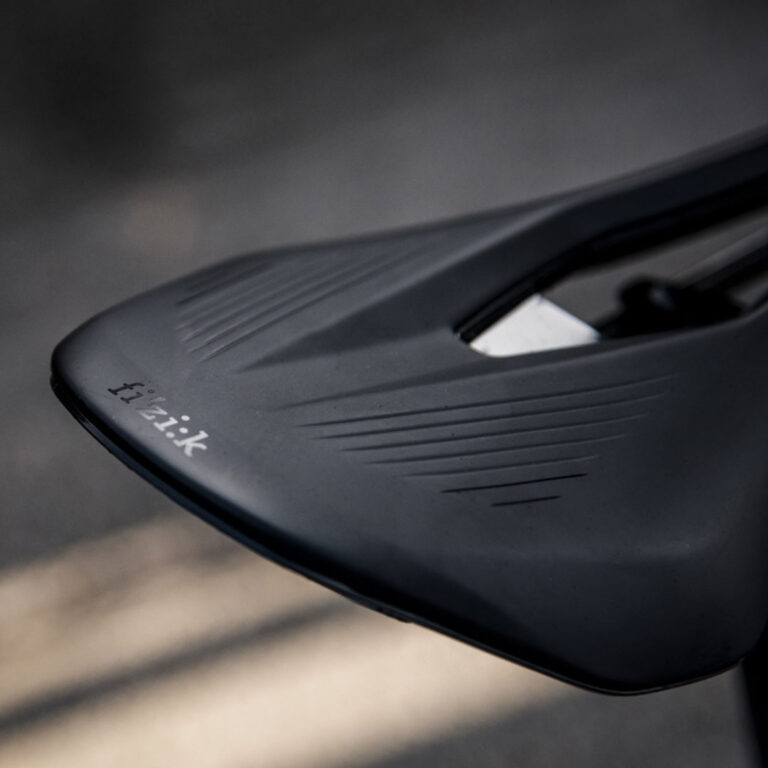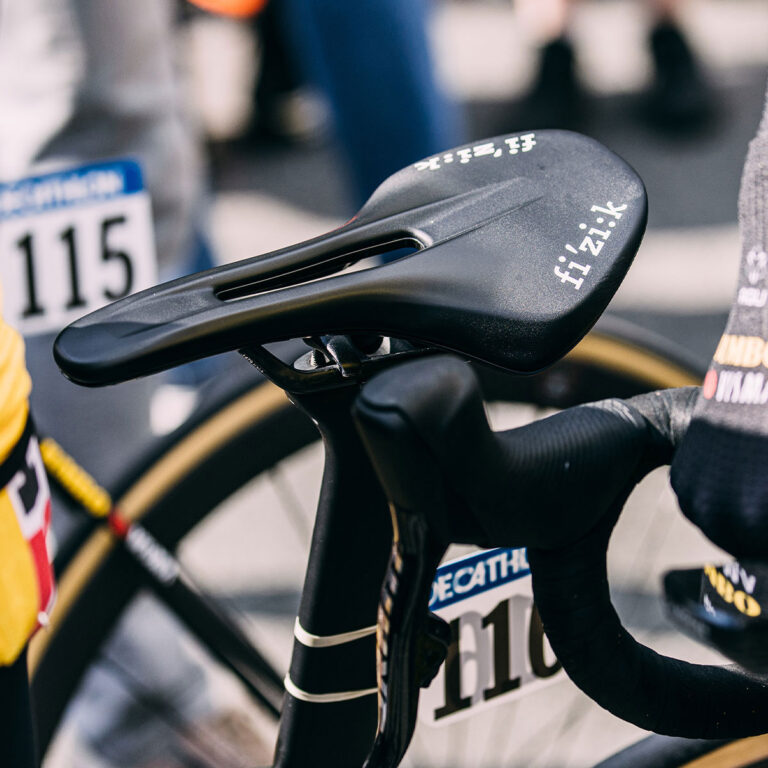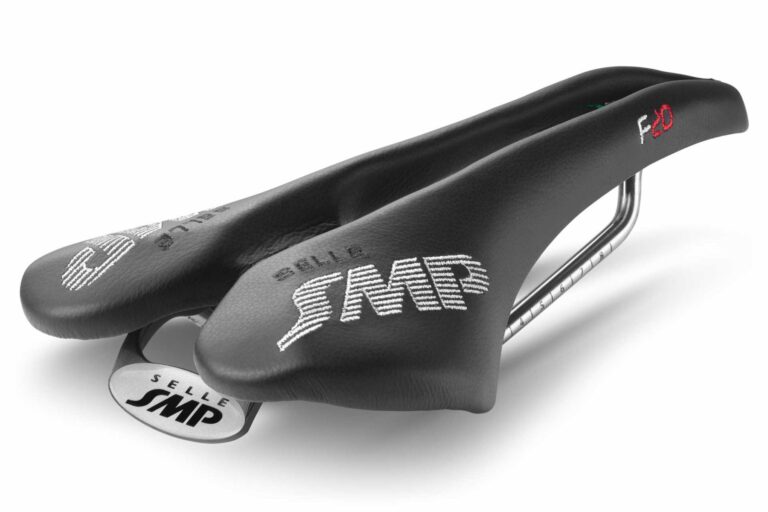Finding the Perfect Trail Companion: Mountain Bike Saddles for Trail Riding
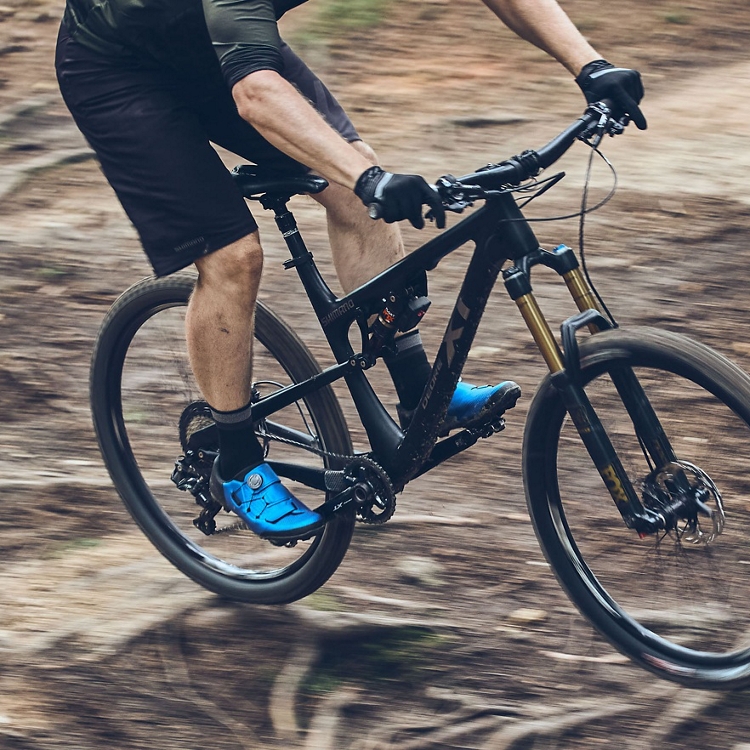
Key Point Summary of Mountain Bike Saddles for Trail Riding:
- Trail Riding Demands Specific Saddle Features: Look for saddles with a rugged design that can withstand the demands of off-road riding, including impacts, dirt, and water.
- Comfort vs. Performance: A balance is crucial. While a comfortable saddle is important for long rides, too much padding can impede your performance.
- Durability Is Key: Opt for materials and construction that offer longevity, even in harsh conditions.
- The Right Fit: Not every saddle fits every rider. Consider your anatomy, riding style, and preference when choosing a saddle.
- Personal Preference Plays a Big Role: Experimentation might be necessary to find your perfect saddle.
As a master cyclist who has spent countless hours racing and riding on every type of bike imaginable—from mountain bikes to gravel bikes and cyclocross—I’ve come to appreciate the nuances that make each ride unique. One aspect of the bike that often gets overlooked, yet plays a pivotal role in your comfort and performance, especially on trail rides, is the saddle.
Embarking on trail riding adventures brings a sense of freedom and exhilaration that’s hard to match. But, it can quickly turn into a discomforting journey if you’re not perched on the right saddle. Through years of trial, error, and a few too many sore days than I’d like to admit, I’ve learned that the right mountain bike saddle can make or break your trail riding experience.
The Essence of Trail Riding Saddles
Trail riding saddles are a breed of their own, designed to meet the specific demands of rugged, off-road conditions. Unlike road bike saddles, which prioritize light weight and aerodynamics, trail riding saddles focus on durability, comfort, and performance under conditions where bumps, jumps, and unexpected shifts are the norms.
I remember my first major trail ride with a saddle that was not suited for the task—it was like sitting on a plank of wood. Not only was it uncomfortable, but it also affected my control over the bike. The lesson was learned hard and fast: the right saddle is imperative for trail riding.
Comfort vs. Performance: Finding the Balance
A common misconception is that the softer the saddle, the better it is for comfort. However, on the trail, too much padding can lead to chafing and reduced pedal efficiency. The key is to find a saddle that provides enough support without compromising on performance.
During a particularly grueling endurance race, I once opted for a saddle that was on the softer side, thinking it would provide comfort over the long haul. Ironically, it ended up causing more discomfort than a firmer option would have, due to the excessive movement and lack of proper support. This experience taught me the importance of balance in saddle selection.
The Importance of Durability
Trail riding can be tough on gear, and the saddle is no exception. Choosing a saddle made from durable materials that can withstand the elements and the occasional crash is essential. Look for saddles with reinforced edges and water-resistant materials, as they will endure the test of time and elements better.
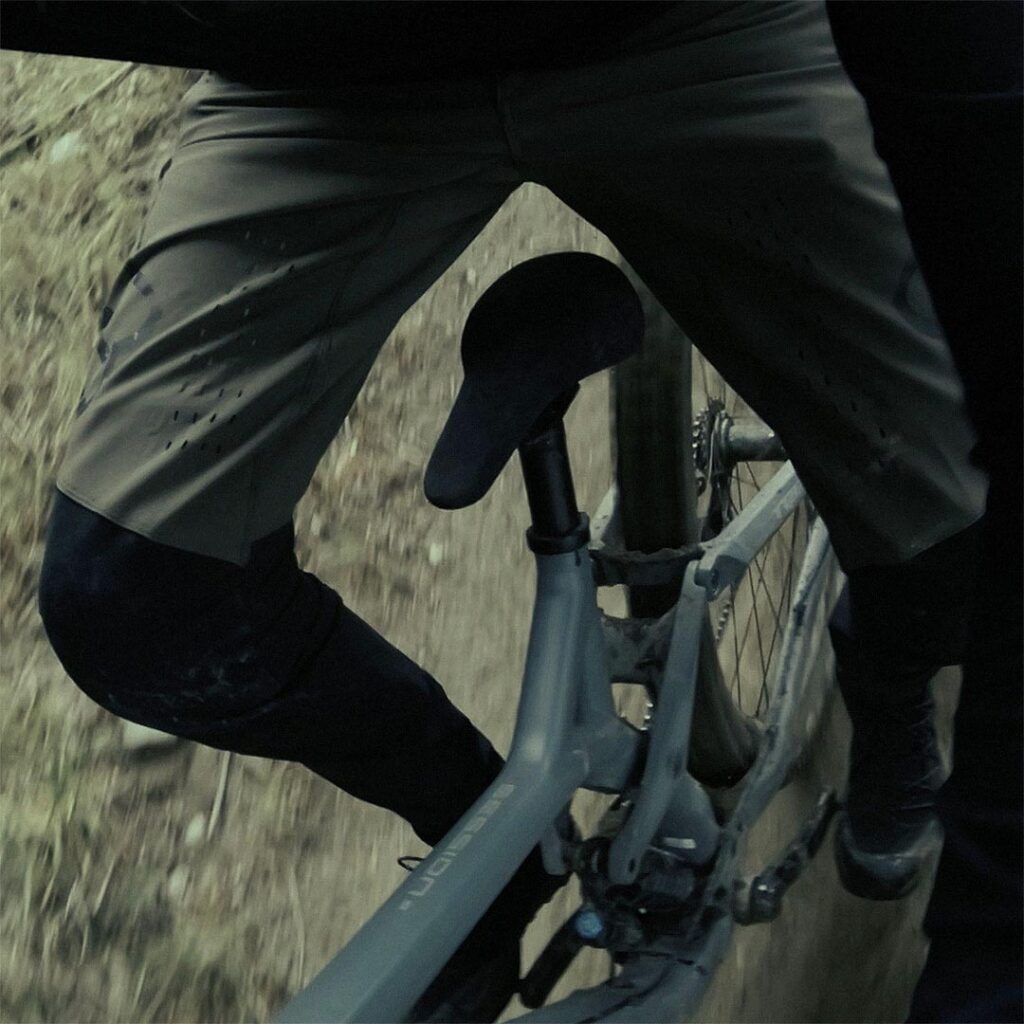
It’s All About the Fit
The right saddle fit is highly personal and depends on various factors, including your anatomy, riding style, and the type of riding you do. Saddles come in different widths and shapes, and what works for one rider may not work for another.
I’ve experimented with numerous saddles over the years, and it was a revelation when I finally underwent a professional fitting. It was like the saddle was made for me, and it significantly improved my comfort and performance on the trails.
Personal Preference and Experimentation
Ultimately, finding the perfect trail riding saddle comes down to personal preference and a willingness to experiment. Don’t be afraid to try different saddles until you find the one that feels right. Most bike shops offer demo programs, allowing you to test saddles before making a commitment.
Mountain Bike Saddles for Trail Riding: Top Saddles

If I had to recommend one saddle that stands out for trail riding, it would be the Specialized Phenom. It strikes an excellent balance between comfort and performance, with a design that caters to the dynamic movements of trail riding. Its durable construction, coupled with a shape that supports aggressive riding positions while still providing comfort on longer rides, makes it a top choice among trail enthusiasts.
FAQ
Can you use a mountain bike for trail riding?
Yes, you can use a mountain bike for trail riding. Mountain bikes are specifically designed for off-road trails with their durable frames, wide tires, and suspension systems to handle rough terrain.
Is there a difference between road and MTB saddles?
Yes, there is a difference between road and mountain bike (MTB) saddles. Road bike saddles are typically narrower, lighter, and designed for an aggressive riding position, focusing on aerodynamics and speed. MTB saddles are built to withstand the demands of off-road riding, offering more durability, a slightly wider design for stability in varied positions, and often additional padding for comfort over rough terrain.
What is the most comfortable mountain bike seat?
The most comfortable mountain bike seat varies among riders due to differences in anatomy, riding style, and preference. However, models like the Specialized Phenom, WTB Volt, and Ergon SM Pro are frequently praised for their comfort, support, and durability on the trail.
How high should trail MTB saddle be?
The height of a trail MTB saddle should allow you to pedal comfortably and efficiently while maintaining control over the bike. A good starting point is to adjust the saddle height so that when your foot is at the bottom of the pedal stroke, your knee is slightly bent. Fine-tuning may be necessary to find the optimal height for comfort and performance on the trails.
Happy trails!
John
